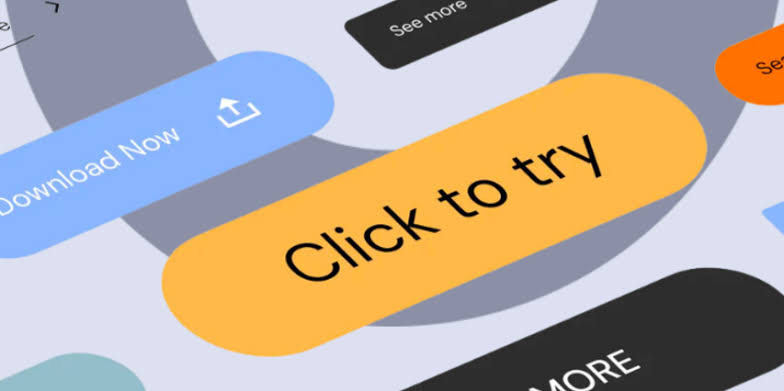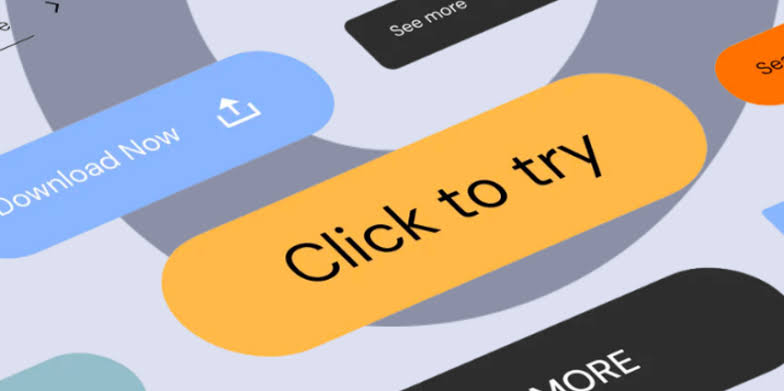
CTAs That Convert: Secrets To High-Converting Blog CTAs
Master High-Converting Blog CTAs with expert CTA tips and strategies to boost blog engagement and drive real content marketing results.
Table of Contents
- The Click Factor: Why Your Business Needs High-Converting Blog CTAs
- Strategy First: Building High-Converting Blog CTAs That Align with Intent
- Key Elements Behind Every High-Converting Blog CTAs
- Optimizing CTA Placement for Better Results
- Writing Persuasive CTAs That Drive Engagement
- Conclusion: Turn Every Post Into a Lead Magnet with High-Converting Blog CTAs
The Click Factor: Why Your Business Needs High-Converting Blog CTAs

In today’s crowded digital space, creating good content isn’t enough. You need to lead your readers to act—and that’s where High-Converting Blog CTAs come in.
Whether you’re writing for B2B, B2C, or personal brands, a well-placed, compelling call to action can elevate your content marketing efforts, boost click-through rates, and increase your ROI. Ready to learn how to craft CTAs that actually convert?
Strategy First: Building High-Converting Blog CTAs That Align With Intent
Creating High-Converting Blog CTAs isn’t about slapping a “Click Here” button at the end. It’s a strategic move that aligns with your blog goals, reader intent, and funnel stage.
Start by asking:
- What action do you want readers to take?
- What’s in it for them?
- How does this CTA align with your overall marketing strategy?
For instance, if your blog provides tips to improve blog conversions, the CTA should offer a next step—like downloading a checklist, booking a free strategy call, or reading a related post.
Use blog CTAs that match user intent. If your audience is at the top of the funnel, soft CTAs like “Learn More” work better. At the bottom, use stronger CTAs like “Start Your Free Trial” or “Let’s Talk Strategy.”
Key Elements Behind Every High-Converting Blog CTAs
Crafting High-Converting Blog CTAs means nailing a few key elements:
- Clarity: Make it clear what action is being taken (e.g., “Download Free Guide”).
- Urgency: Use phrases like “Now,” “Today,” or “Limited Time” to create FOMO.
- Value: Highlight the benefit. What do users get when they click?
A CTA without value is just a button. A CTA that says, “Get Your Free SEO Checklist Today” delivers a reason to click.
This is where CTA tips come into play—understand your audience’s psychology and give them something they can’t ignore.
Optimising CTA Placement For Better Results
CTA placement can make or break conversions.
- Above the Fold: A soft CTA near the top of the blog works well for return readers.
- Mid-Content: In longer posts, a middle CTA breaks content and re-engages attention.
- End of Blog: This is the power spot. If they’ve made it this far, they’re primed to act.
Using call to action examples for blogs like “Join 10,000+ marketers using this strategy” can drive action when placed at these strategic points.
Writing Persuasive CTAs That Drive Engagement
Words matter. To improve blog engagement, you need to tap into persuasive language, emotional triggers, and urgency.
Here are examples that use best CTA practices for content marketing:
- “Steal My 7-Point SEO Blog Checklist—Free Download”
- “Let Us Audit Your Blog Strategy—100% Free”
- “Don’t Miss Out—Join Our Insider Marketing Group”
These CTAs offer value, play on curiosity, and use action-oriented verbs.
Always make sure CTAs address a pain point or promise a transformation—that’s how you write effective blog CTAs.
Conclusion: Turn Every Post Into A Lead Magnet With High-Converting Blog CTAs
Let’s be honest—your blog’s not just there to inform; it’s there to convert. And nothing fuels that conversion like High-Converting Blog CTAs.
From choosing the right language to placing CTAs at optimal spots and offering undeniable value—each part plays a role in building a CTA that works.
If your blog isn’t leading readers somewhere, it’s leading them nowhere. So go beyond “Click Here.” Build CTAs that reflect strategy, psychology, and purpose. That’s how you increase blog engagement with CTAs and drive measurable results.





